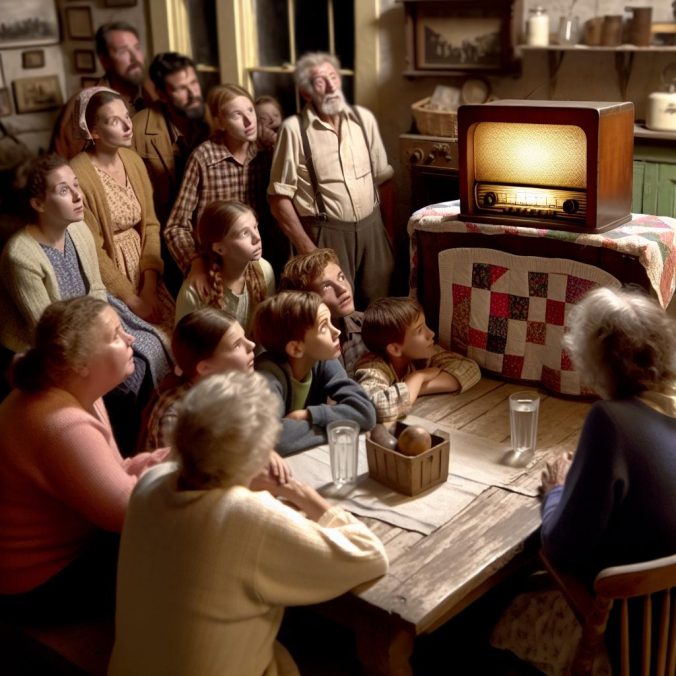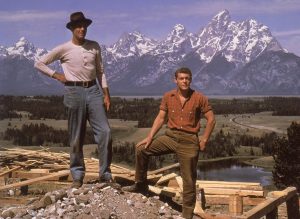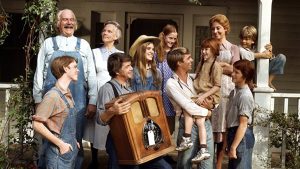The Role of Storytelling in The Waltons
The Waltons, a cherished American television series that aired from 1972 to 1981, is renowned for its significant emphasis on storytelling. Based on Earl Hamner Jr.’s book, “Spencer’s Mountain,” the show provides a nostalgic glimpse into American life during the Great Depression and World War II, with the narrative centered around the Walton family living in rural Virginia. This representation of a bygone era offers not just a window into the past but also serves as a mirror reflecting timeless themes and values that resonate with audiences across generations.
Storytelling as a Historical Lens
The series uses storytelling as a powerful tool to explore and present historical events and societal issues of its time. Through the characters’ narratives, audiences gain insight into the challenges people faced during the Great Depression, such as economic hardships and the impact of World War II. These challenges, depicted through the lens of childhood and family life, offer a ground-level view of history that academic accounts often miss. This portrayal serves as both an educational and engaging method to depict the resilience and unity that characterized American families during these periods. By integrating these historical contexts into daily family life, The Waltons not only entertains but also educates its audience, providing a comprehensive understanding of the times.
Character Development Through Narratives
Each episode of The Waltons typically revolves around a central story narrated by John-Boy Walton, the eldest son, whose character is a stand-in for the show’s creator, Earl Hamner Jr. Through John-Boy’s perspective, the audience witnesses his coming-of-age journey, his aspirations, and his gradual transition from adolescence to adulthood. His narrative style allows viewers to engage with the story on a personal level, making it relatable and impactful. The storytelling mechanism is integral in developing complex characters, as their personal stories intertwine with broader societal narratives, providing depth and relatability. Characters are not just subjects of the plot but are dynamic entities that reveal the multi-layered aspects of human experience, encompassing fear, joy, confusion, and triumph.
Thematic Exploration
The storytelling in The Waltons delves into various themes such as family loyalty, integrity, and perseverance. These themes are not just superficially presented; they are intricately woven throughout the series, impacting character decisions and plot outcomes. Through its episodic tales, the series highlights moral and ethical dilemmas, allowing viewers to reflect on and learn from the characters’ experiences. For instance, episodes may focus on the importance of honesty or the implications of standing by one’s beliefs, painting a complex picture of ethical living. The show subtly conveys messages about community values and the importance of empathy and understanding, making it a meaningful exploration of human relationships and moral philosophy.
Community and Cultural Identity
Storytelling in The Waltons also facilitates community building and the celebration of cultural identity. The Walton family stories often depict communal gatherings, traditions, and folk tales, which preserve and cherish their cultural heritage. These events are not mere backdrops but essential elements that reveal the strong ties among the characters and their environment. By displaying these narratives, the series underscores the significance of oral traditions and storytelling in maintaining and fostering cultural identity. These gatherings serve as crucial junctions for dialogue and sharing of collective wisdom, strengthening the bond among community members.
Narrative Techniques
The Waltons employs various narrative techniques, such as voice-over narration and flashbacks, enhancing the storytelling experience. The voice-over, typically delivered by an older John-Boy, offers reflective insights into past events and how they resonate with the family and the broader community. This reflective voice adds an additional layer, allowing stories to be not only told but also interpreted and given context. Flashbacks are occasionally used to reveal poignant backstories, adding layers to character motivations and plot development. These techniques allow for a more nuanced narrative, where the past shades current events and informs individual behaviors, creating a rich, tapestry-like storytelling format.
Conclusion
In summary, storytelling in The Waltons is a multifaceted tool used to weave together personal, historical, and cultural narratives. It serves not only as a medium for entertainment but also as a means of education and cultural preservation, inviting audiences to connect with and learn from the past. Through its thoughtfully crafted stories, the series remains a testament to the power and significance of storytelling in television. By bridging the past with present-day narratives, The Waltons provides audiences with an understanding of the resilience and community spirit that not only defined an era but continues to inspire current and future generations. The legacy of The Waltons as a storytelling endeavor serves as a reminder of the timeless value of family, community, and the enduring human spirit.


